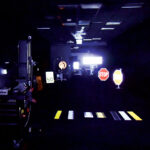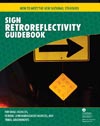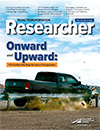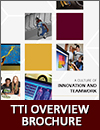Seeing the Road

The nighttime traffic fatality rate is much higher than the daytime rate, and customer satisfaction surveys from several states have found that the visibility of signs and markings is valued highly by the users of their roadways.
Seeing the road and everything around it while driving is not a preferred option, rather it is an essential component of safe driving. Driving is a visual activity, and as we make our way down a road, we all look at a wide range of visual inputs—the roadway, the surrounding terrain, other vehicles, roadside buildings and advertisements and traffic control devices such as signs, markings, and signals—to help us get where we are going. How we distinguish those visual inputs and maneuver the vehicle safely varies from person to person and can depend on quite a number of random, uncontrollable things—the weather, time of day, driver age, health and experience, as well as unexpected distractions inside or outside the vehicle—all can have an effect.
While we usually cannot do anything to direct or change these elements of the driving experience, researchers and traffic engineers are always working to improve and enhance those things that we can control and improve. Signs, roadway pavement markings, vehicle headlamps and roadway lighting are all things that we can control and that play a key role in the creation of a safe and visible driving environment. Also, while there are no exact figures, a rough estimate for Texas Department of Transportation’s investment in traffic signs and installation is over $1 billion.
Over the last 15 years, researchers at the Texas A&M Transportation Institute (TTI) have established a comprehensive research program related to the visibility of traffic signs and pavement markings. Our researchers have conducted numerous studies to evaluate how well drivers can see signs and markings, both during the day and at night, and how transportation agencies can improve signs and markings to meet the needs of drivers and other transportation agencies striving to build, maintain and enhance our roadways. TTI research in this area cuts across other important areas of transportation research—older driver issues, work zone safety, and larger vehicle considerations—all are part of the picture when it comes to “seeing the road.”






